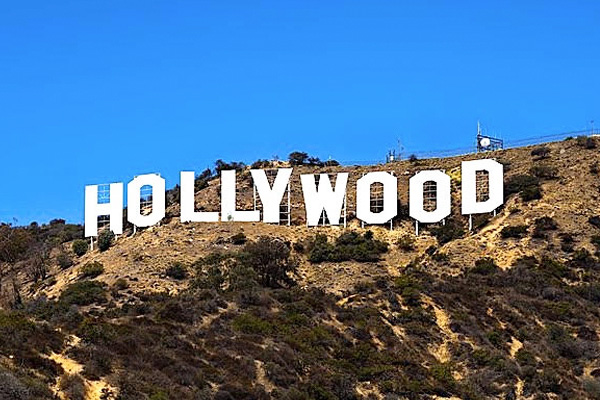SOME THINGS NEVER CHANGE –
October 13, 2022 – With the high expectations of the major film studios and long work hours that required high amounts of energy, doctors started prescribing drugs and deceptively named vitamin shots or pep pills to help these stars with energy or sleep. This system caused the death of Hollywood star Judy Garland, who died of a barbiturate overdose in 1969, following years of addiction that started when she was just a child on set.
The public and the media tend to idolize drug-abusing celebrities and perceive their lifestyles as glamorous, yet there is a stigma around ordinary people battling addiction. When photographs of celebrities at parties that capture moments of ecstasy and luxury are published in the media, their actions are often glamorized. ‘Heroin chic’ is a term that refers to the beauty standard of the 1990s, suggesting how the more sick a person looked, the more publicity and attention they got.
By presenting drug abuse in a sexy or humorous light through many movies, Hollywood culture has arguably promoted and glamorized drug abuse. The popular movie “The Wolf of Wall Street” (2013) depicted Jordan Belfort developing his brokerage firm in Wall Street and showed how his life changed with his growing status and increasing substance use. His luxurious life full of fraud, substance abuse and corruption was glorified. “Superbad” (2007), the “most intoxicated” movie since 1984 with about 170 mentions of drugs and alcohol, also exemplifies how Hollywood portrays protagonists under the influence with a humorous narrative.



